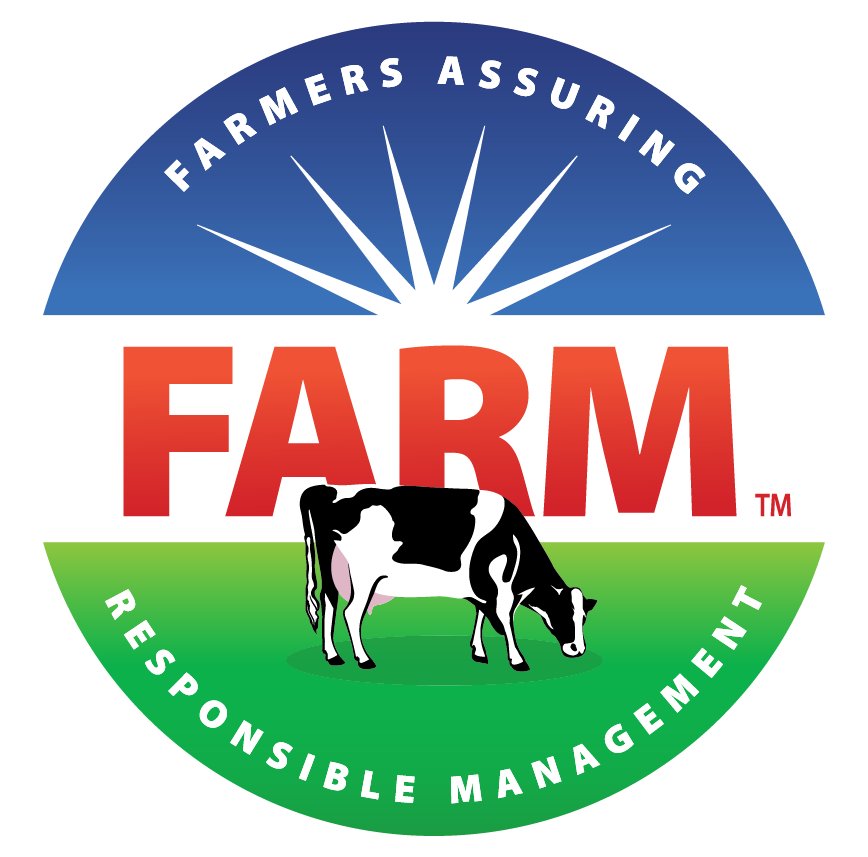By Richard Wagner, a dairy farmer from California’s Central Valley.
During the past five years, I’ve thought more about water than I care to admit. As a dairy farmer in California, the scarceness of water has worn on me as I think about how I’m going to keep my cows comfortable and healthy. Even as water tables dropped, we still needed to provide fresh water for our cows, because without fresh water to drink and more water to grow feed, our cows don’t make milk.
This year, thankfully, the pendulum has swung the other way and El Niño winter storms have brought much-needed rain to my dairy farm and the region. However, getting a month’s worth of rain in a weekend has brought with it another set of challenges.
With reservoirs hopefully refilling to help us grow crops in the spring, the more pressing issue we face is mud. While mud may be just a temporary nuisance for most people, it can be a real test for dairy farmers who want to keep our cows and young stock as clean as possible. We are constantly looking for new ideas to keep our cows as comfortable as possible.
Fortunately, we have a variety of resources to draw from to continually improve the health of our herd. Most of California’s dairy farmers belong to the National Dairy FARM (Farmers Assuring Responsible Management) Program, which identifies best management practices for animal well-being. To combat the elements year-round, we provide additional bedding during winter weather. In the summer, we offer shade, fans and misters to fight the heat. And when it rains, we devote more effort to the grooming and cleaning of free stalls and the open lots for young stock who, because they live outdoors, are going to be affected by heavy rains. We have to change their bedding more often during these times, so the effects of the elements are minimized. That hasn’t been an issue in recent years due to the low rainfall, but it is now.
On my farm, we work in the fall to create high mounds or slopes in our open lots where our young stock are housed to allow them to get out of the mud and have a dry place to lie. Year-round, our milking cows are in free stalls and we groom them on a daily basis to create the best environment.
Many if not most mud problems can be managed simply by creating adequate slopes and drainage and regular manure removal.
These proactive measures are critically important when dealing with excess rains, as these steps mitigate some of the muddy issues we deal with.
California’s cows are some of the most productive in the country because our climate is conducive to keeping them comfortable. Weather extremes — particularly when it’s been dry for so long — are problematic, but we learn to cope. While it’s said “mankind owes his existence to a six-inch layer of topsoil and the fact that it rains,” managing the mud resulting from that rain is a small price to pay for keeping people fed.
(Photo courtesy of Richard Wagner)
